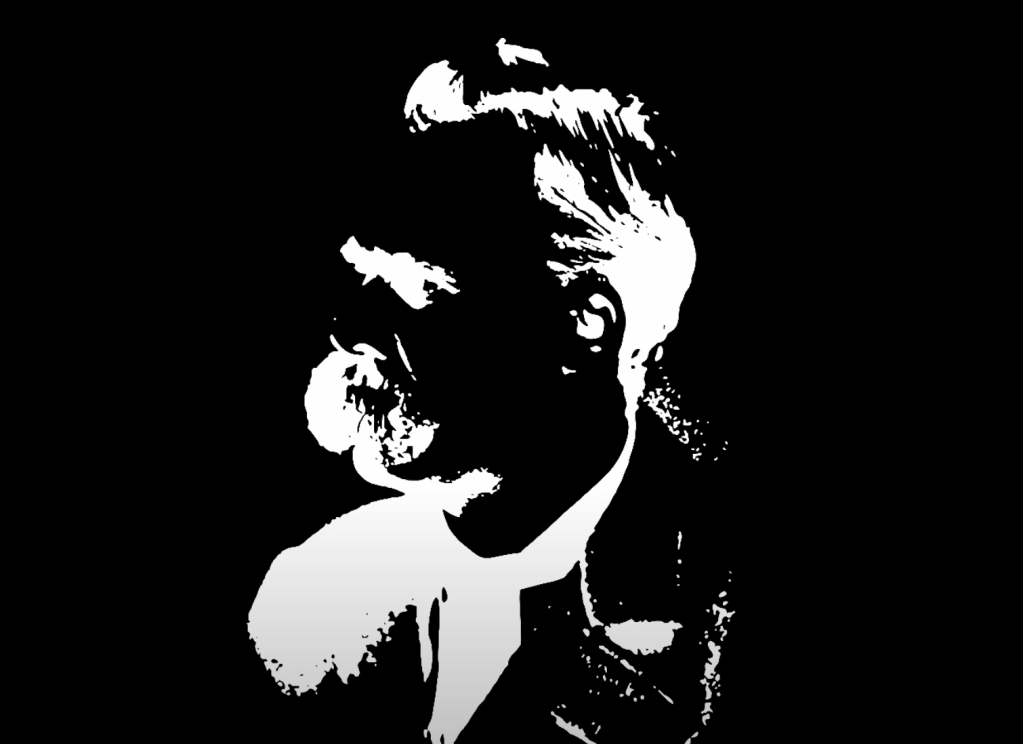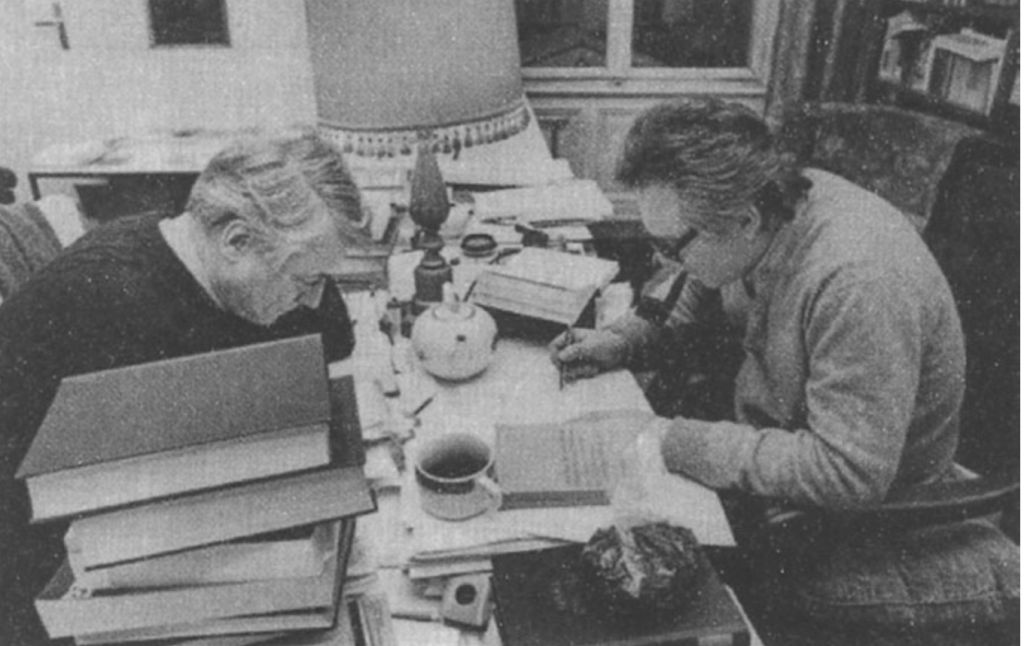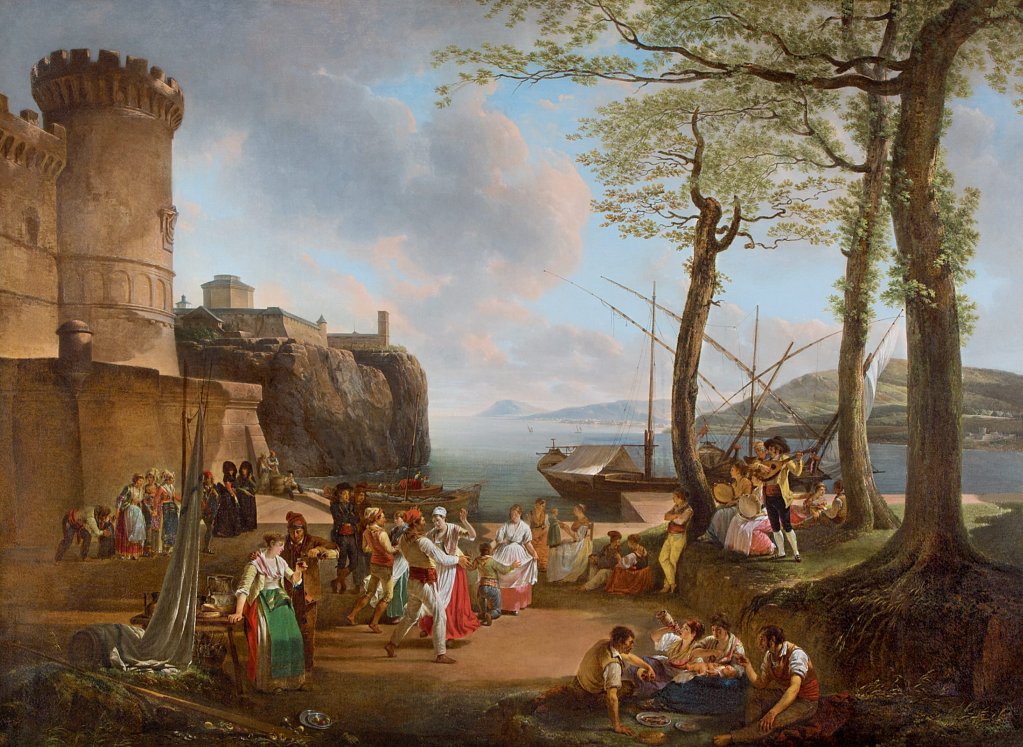The relationship between art and philosophy has centered on the linkage of truth to both fields. The work of art is always finite, and as such may be the only finite thing that exists. The problem of the linkage between the two is not philosophy, which never contains truth; the problem is the singularity of the artistic schema. In Alain Badiou’s new Handbook of Inaesthetics, he makes a clear argument for art to find a new schema and linkage to the event of truth.
How can an artistic production (which is always a finite and singular project) be linked to a philosophical schema that transcends the dominant paradigms of the twentieth century – a task the avant garde has heretofore been unable to achieve.
Let’s start by unraveling Badiou’s vocabulary and definitions of the event, the artistic schema, and truth. For Badiou, the artistic production that ruptures an event is the only way to think of an art form as singular. Every art is a thinking of the thought that it itself is, which is why the art piece is always a finite singularity. Badiou writes:
Philosophy does not produce truths; it seizes truths; shows them, exposes them, and announces they exist (Pg. 14).
You could say that the thesis of the book is centered on how we might think of an entirely new artistic schema that can link the truth of the event (more of which will be described below) to a schema of artistic production that is not reliant on the master, i.e. on the big Other.
The twentieth century represents a sort of closing of possibility in that it’s three dominant modes of artistic schema (German hermeneutical, Marxist, and psychoanalysis) failed to create a liberating linkage between art and philosophy – it is in this space that Badiou tempts us to discover new modalities and ways of revitalizing thought.
The principle challenge of contemporary thought is the following: to discover a thinking of choice and of the decision that would go from the void to truth without passing through the master, that is without invoking, or sacrificing the master (Pg. 54).
1. The truth does not exist – only truths.
2. Each truth is a process and infinite.
3. One will call the subject of a truth every finite moment within the infinite part of each truth.
4. Every truth begins with an event, and an event is unpredictable.
5. The event shows the void of the situation, because it shows that what there is now was previously devoid of truth.
6. The choice that binds the subject to the truth is either solidarity with the void, or solidarity to the event.
To wrestle with the void and its emergence into truth, Badiou brings the poetic thought of Mallarme into dialogue with the Arabic poet Rabi’a, whose bodies of work link truth, the master, and place.
Truth results from the fact that place – the ordeal of absence and void – first nostalgically and then actively arouses the fiction of a master that would be capable of truth (Pg. 50).
Truth results from the disappearance of the master into the anonymity of the empty place, in brief, the master has sacrificed himself so that truth may be. This is a Christian truth – that forces a situation where the master must disappear in order for truth to arise.
For Badiou, the central problem of modernity means not being able to choose reasonably in what concerns the relation between mastery and truth. When truth is disjoined from the master we have democracy. Thought must take a step back to the desert, to begin thought starting in the void without depending on the master; neither the master invoked, or sacrificed.
Three Modes of Thinking Art and Philosophy and the Failure of the Avant Garde:
The primary ism’s – or schemas that cast over the twentieth century include
1. Didactic: posits that art only produces a semblance of truth and is thus not actual truth, a semblance that belongs to the affect of art, not to its actual form. The definition of art in the didactic paradigm is to be a charm to the semblance of truth. Art in this variation is a didactics of the senses.
2. Romantic: the romantic schema is opposed to this understanding of art as intrinsically a source of truth. Art becomes what Nancy refers to as the literary absolute. In the romantic schema, the relation of truth to art is imminent. In didacticism, the relation is singular. Art itself in the romantic schema is a truth procedure. The best example of a philosophically
3. Classical: classicism places art as a sort of catharsis, or therapy. Art is not a form of thought in the classical schema.
Marxism is didactic – as we see in Brecht, the agent of the art is the philosopher. Heideggerian art is romantic as the artists hold the keys to the open. Psychoanalysis is classical, as Lacan writes, the object of desire, which is beyond symbolization, can subtractively emerge at the very peak of an act of symbolization. Art experiences a block of the symbolic by the real, and this links up to a transference. This is why the ultimate effect of art remains imaginary.
The role of the avant garde’s were to represent, and not to link these schemas, part of the reason why the failure has arisen. The avant-garde was didactic to a certain extent in their desire to put an end to art. They were above all anti-classical. The closure of the avant garde of the twentieth century, which was a hybrid of didacto-romanticism.
Poetry in the Platonic Mode
The exclusion of the city in Plato’s Republic is the poem itself. Plato says, “there is from old a quarrel between poetry and philosophy.” Any form of collective subjectivity cannot remain homogenous if its form of thought remains poetic. In Plato, the poem forbids access to the supreme truth, the truth which provides unity with the ultimate principle, which allows the Republic to maintain its transparency. The central problem rests on the fact that Plato believed mimesis was to blame for poetry’s failure to hold society together.
What poetry forbids is discursive thought. The poem is opposed to the matheme, it relies on the image, and that is why poetry becomes the most berating part of one’s education, because it breaks the confines of thought. “when what is at stake is the opening of thought to the principle of the thinkable, when thought must be absorbed in the grasp of what establishes it as thought, we witness Plato himself submitting language to the power of poetic speech” (Pgs. 19 – 20).
The Modern Wrestling with Platonic Ideals
The modern poem identifies itself as a form of thought – as a matheme in the Platonic sense, good example is Mallarme. Yet, it is not the sensible expression of the Idea, in the Platonic sense, rather, it is all based on a displacement, or even a transvaluation in the Nietzschean sense, whereby the matheme is of the sophists, and the idea is of the poetic. The sensible presents itself in the modern poem as the persisting nostalgia for the idea.
Every poetic truth leaves at its center what it does not have the power to bring into presence. Every truth dwells in a limit that proves it is a singular truth, and not the self-consciousness of the whole. The unnamable is that thing whose naming cannot be forced by a truth. That thing whose entrance into truth, truth itself cannot anticipate. Every regime of truth is grounded in the real by its own unnamable.
Every poem brings a power into language, the power of eternally fastening the disappearance of what presents itself. Through the poetic retention of its disappearance, the power of producing presence itself as Idea. We can therefore say that language as the infinite power devoted to presence is the unnamable in poetry.
The poem is an operation, not an artistic extension of the world. The world is that thing whose presence is more essential than objectivity. For Mallarme, the poem is centered on the dissolution of the object from its purity.
The modern writer must nominate himself the spiritual thespian. Celan tells us that a direction for a thinking of the modern deals with a recognition that the whole is actually nothing.
To Badiou, in order to be free to the mystery of the letters that the poem constitutes, it is enough that the reader disposes himself or herself to the operation of the poem. Literally, the reader must will his or her own transliteration.
Pessoa as a way to Understand the Twentieth Century
The Portuguese poet Fernando Pessoa created over 81 heteronym’s. In his writing, he offered no interpretation of his surroundings. His poems were as if he was starring into the sun; representing a desire to create a metaphysics subtracted from metaphysics itself, that is from nature, and physics. His poems took on a mathematical code which has yet to be weaved into one, and of the over 25,000 unpublished pages, we are still wrestling with his legacy.
Each of Pessoa’s heteronym’s had distinct philosophical, poetic, and political views. The depth of understanding, especially of philosophy, that these personalities (heteronym’s) took on are so distinctive that four of them are said to still baffle many preconceptions and confuse any possibility of developing a more singular view on Pessoa’s contribution to modernity. It might be more apt to recognize his heteronym’s as seperate from himself as a writer. Nonetheless, Harold Bloom refers to Pessoa as one of the greatest poet of the twentieth century.
Pessoa’s failure to mold to any one identity, his refusal to be subjected to any regime of knowledge inflects his poetic selves with supreme mystery. He writes:
I have no ambitions nor desires.
To be a poet is not my ambition,
It’s simply my way of being alone.
Alain Badiou argues that the idea of identifying any singularity in his work almost eludes our grasp. His poems are diagonal, they are like a Cubist painting. They look directly into the light, in an anti-Platonism sense, they are opposed to any absolute idea, and his poems work as a sort of negation of negation in the Hegelian sense. Each one becomes a sort of game, a mathematical code wrapped throughout his work.
Here is an example of Pessoa’s anti-metaphysical stance, and his tarrying with the negative
To see the fields and the river
It isn’t enough to open the window.
To see the trees and the flowers
It isn’t enough not to be blind.
It is also necessary to have no philosophy.
With philosophy there are no trees, just ideas.
There is only each one of us, like a cave.
There is only a shut window, and the whole world outside,
And a dream of what could be seen if the window were opened,
Which is never what is seen when the window is opened.



Leave a comment